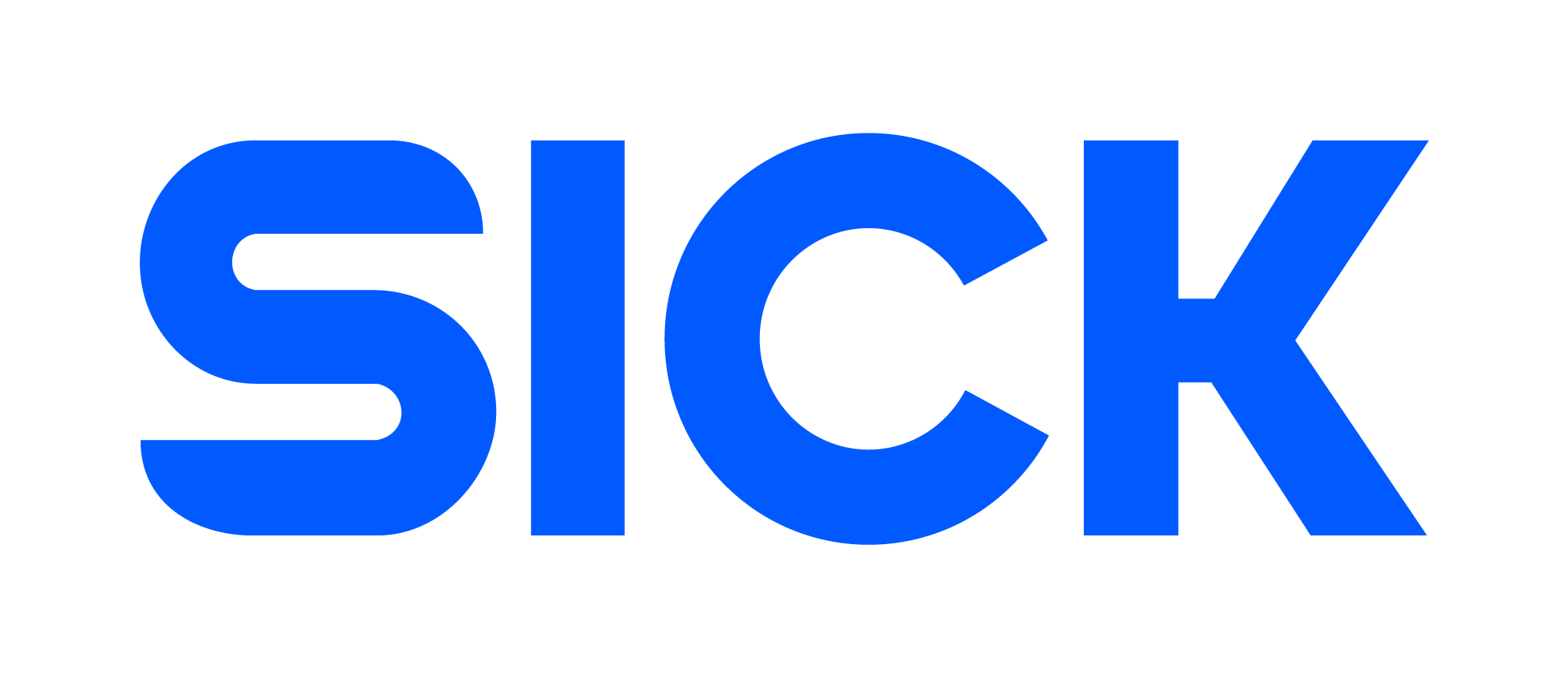From Silicon Chips to Global Innovation: A Founder's Legacy at SICK IVP
When Robert Forchheimer co-founded SICK IVP in 1985, he was driven by an audacious academic vision: to digitize and compress images in an era dominated by analog technology. Four decades later, his legacy lives on—not just in algorithms and silicon, but in the enduring culture of innovation and resilience that defines SICK IVP today.
The Origins: From Research Lab to Real-World Impact
Robert’s journey began in the 1970s as a PhD student researching digital video compression—long before digital cameras or streaming services were imaginable. “At that time, photography was chemical, and television was analog,” he recalls. Yet he saw what was coming: a digital revolution.
After returning from a postdoctoral stint in the United States, where he discovered the potential of VLSI (Very Large Scale Integration) technology, Robert and his colleague Anders started building custom image-processing chips. What began as a university research project soon evolved into a company—Image Vision Processing (IVP)—registered in 1985.
The company’s first chip didn’t quite fit its intended purpose for video compression, but it found a valuable application in industrial quality inspection. This pivot led to the creation of IVP’s core focus: machine vision systems for real-time inspection in manufacturing environments.
The Struggles That Shaped a Culture
When asked about his most memorable experience over the company’s 40 years, Robert doesn’t name a technical breakthrough—but a moment of deep uncertainty. In the mid-1990s, the company nearly went bankrupt. With salaries on the line, Robert and then-CEO Björn Marcel drove to a long-time client, a Swedish paper mill, to ask for help.
“We told them we might not survive the summer,” Robert says. The client responded not only with empathy, but with action: placing an early order for fall delivery and paying in advance—without opening a single box. That act of trust and partnership sustained IVP through the crisis and left a permanent mark.
“That experience taught me something profound,” he says. “Business is not a battlefield. It’s people trying to do good things together. That ethos still exists at IVP today.”
A Lasting Innovation Hub
While Robert never worked full-time at IVP, his role on the board and his recruitment of top engineers from Linköping University shaped the company’s DNA. He was instrumental in aligning academic research with industrial application, a relationship that remains strong today.
Now part of the global SICK Group, IVP has grown exponentially since those early days, expanding from a handful of researchers to a thriving innovation center employing hundreds. “Of course I’m proud,” he says. “But I remind the team—they’ve grown the company fivefold in the last 20 years. I only got it started.”
Robert continues to contribute as a professor emeritus and active researcher. He’s currently exploring how generative AI tools like ChatGPT can be used in education and software development. “It’s just another tool—like Excel or Word was in the ’90s. Powerful, yes, but you must understand how to use it responsibly,” he notes.
A Culture Rooted in People and Purpose
Looking back, Robert doesn’t just reflect on technology or funding milestones. What he values most is the family-like culture he helped build. “ when we were 10–15 people. I knew everyone personally. I had interviewed them. That kind of connection creates trust—and trust is what sustains a company.”
Even though he now spends more time mentoring PhD students than managing boardrooms, Robert’s influence is deeply embedded in IVP’s identity. From humble beginnings in a university lab to becoming a strategic innovation hub in the SICK Group, his vision continues to inspire new generations of engineers.
Looking Ahead: A Bright Future Anchored in Legacy
With close collaboration between SICK IVP and Linköping University, and a global reputation in sensor technology, image processing, and AI, the company is poised to remain at the forefront of industrial innovation.
“We’re in a unique position,” Robert says. “We have the talent pipeline, the infrastructure, and the culture. IVP will continue to lead—not just through technology, but through the strength of its people.”
